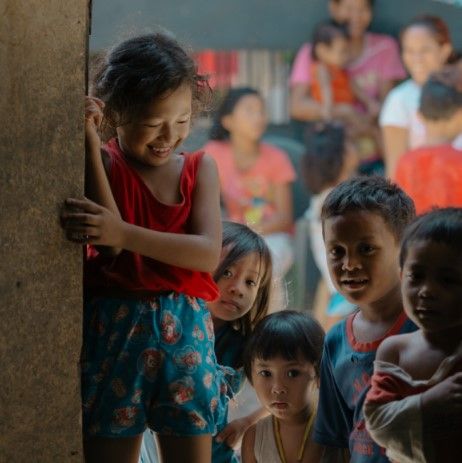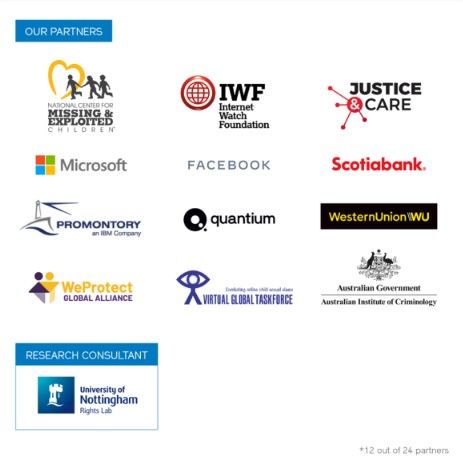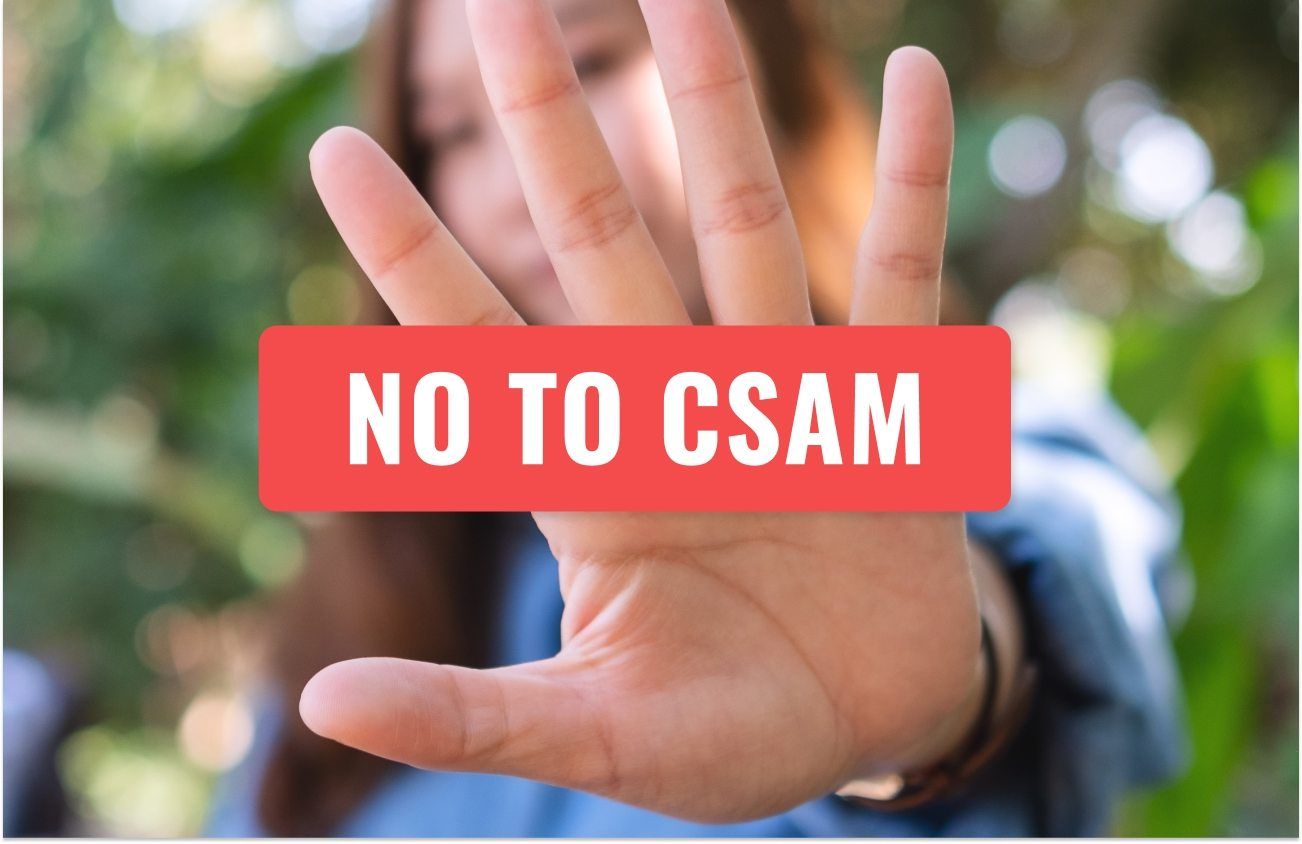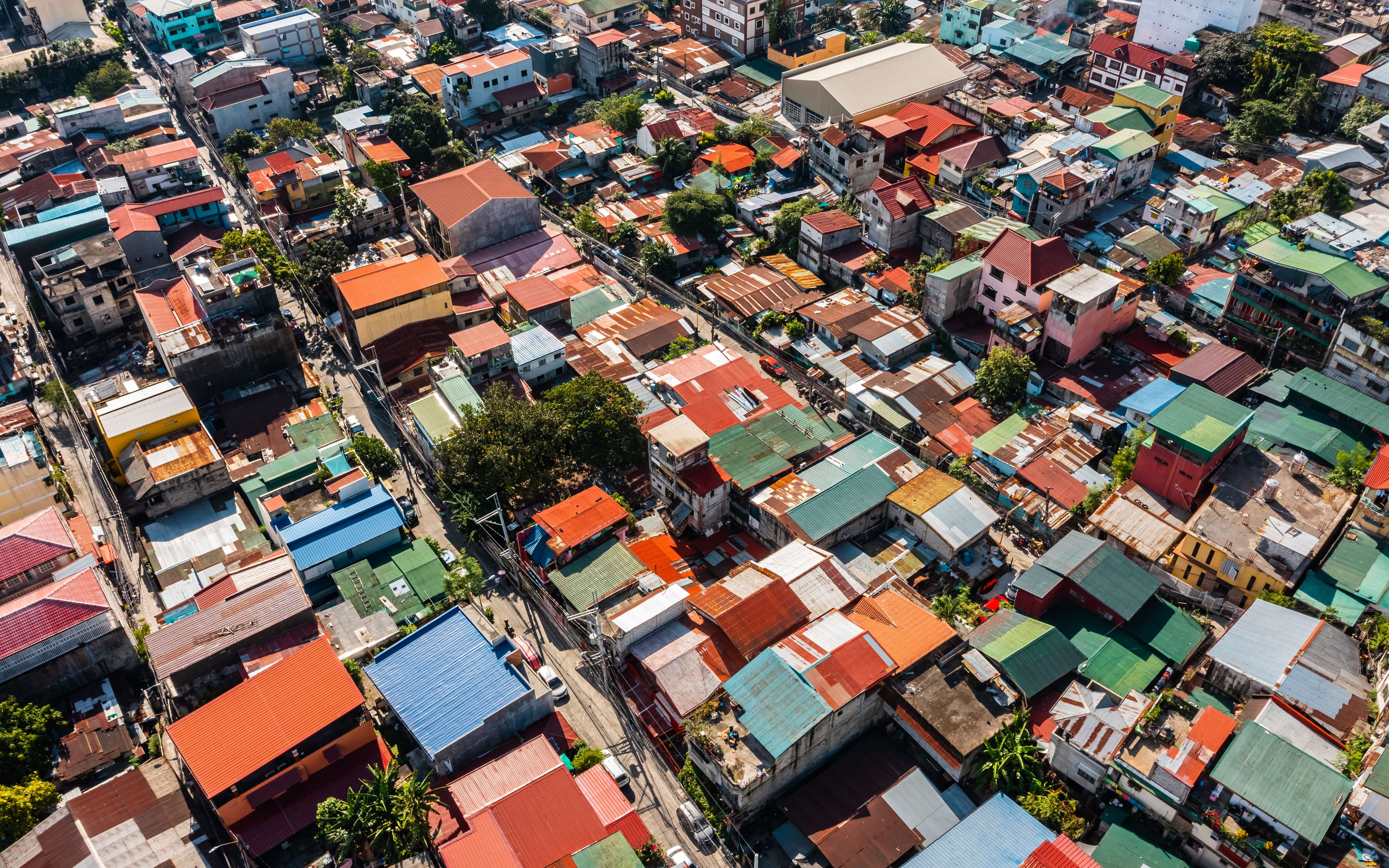
The Philippine Government has made strides in protecting children from sex trafficking: externally validated IJM studies showed 72-86% reductions in bar and street-based child sex trafficking. Since 2011, IJM has partnered with the Philippine Government, international law enforcement, and NGOs to combat another form of trafficking—the trafficking of children to create child sexual exploitation materials (called “TCSEM” here), especially via livestream video, for paying sex offenders abroad.
In May 2020, IJM published a study on the scale and nature of this crime, along with promising practices to combat it (see here). Building on that study, IJM’s Center to End Online Sexual Exploitation of Children has launched the Scale of Harm project to develop a research methodology to estimate the prevalence of TCSEM in the Philippines and later in other countries.

IJM has convened an External Advisory Council of 24 world-class experts, researchers, and field practitioners from tech, financial, government, and non-government/child protection sectors and retained the University of Nottingham’s Rights Lab, the world’s largest group of human trafficking and modern-day slavery researchers, to advise on the project.
The Scale of Harm project will solve for a massive data gap by creating a way to measure this specific form of online exploitation that typically involves private livestreaming of child sexual exploitation on encrypted platforms. Having an accurate estimate of this crime’s prevalence is key to designing, implementing, and evaluating interventions and their impact. At the end of the day, successful child protection interventions should lead to less children being harmed in the first place; and IJM is rigorous in developing world-leading standards of protection measures and measurements.
As we implement the Scale of Harm project, IJM is also working alongside partners to improve detection and reporting of livestreamed child sexual exploitation, both by the tech and financial industries. While tech innovations to identify video livestreams of child sexual exploitation are yet to be developed or deployed, estimating TCSEM prevalence may require assessing proxy indicators across a range of stakeholder groups.
We thank all the reputable institutions who have joined us in our pursuit of this vital step in combating online sexual exploitation of children. Meanwhile, IJM continues to engage stakeholders to put critical interventions in place. At a time when the COVID-19 crisis has made more children vulnerable to this type of exploitation, our concerted action has never been more imperative.












